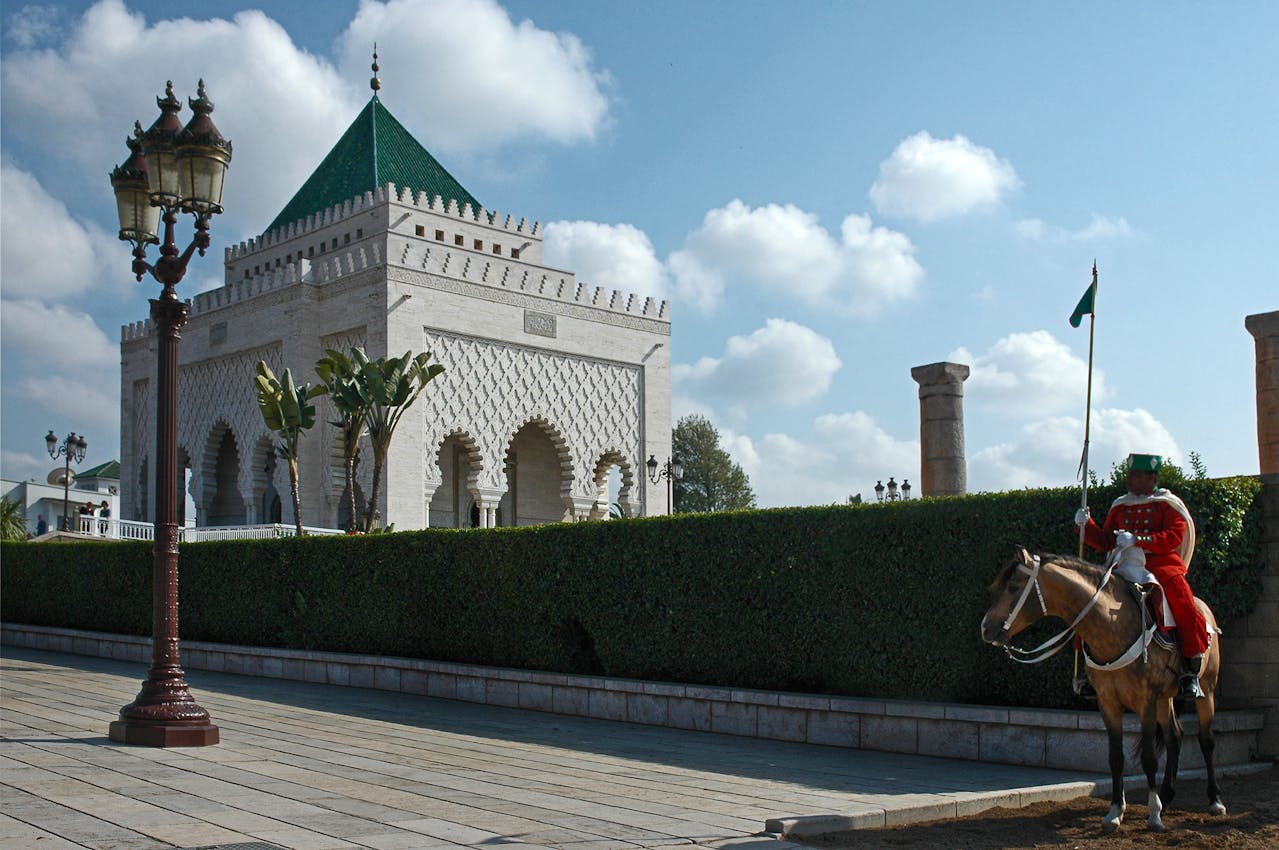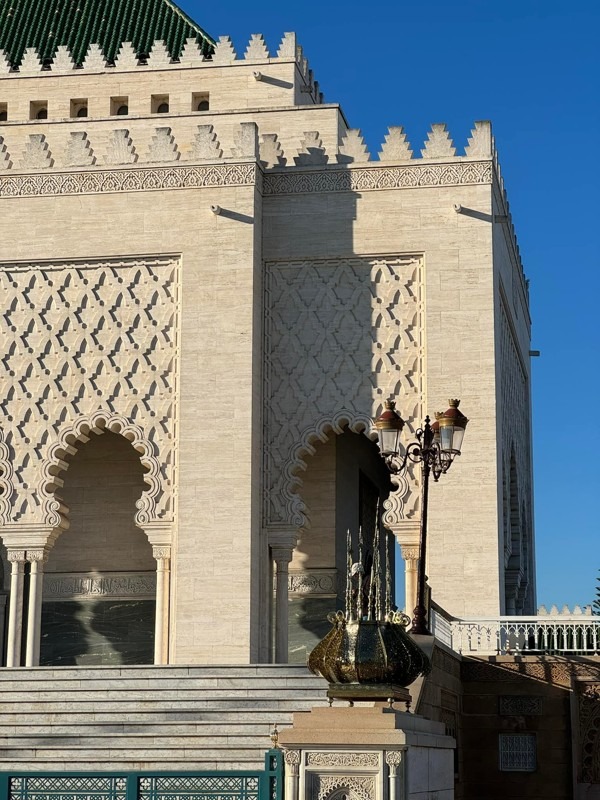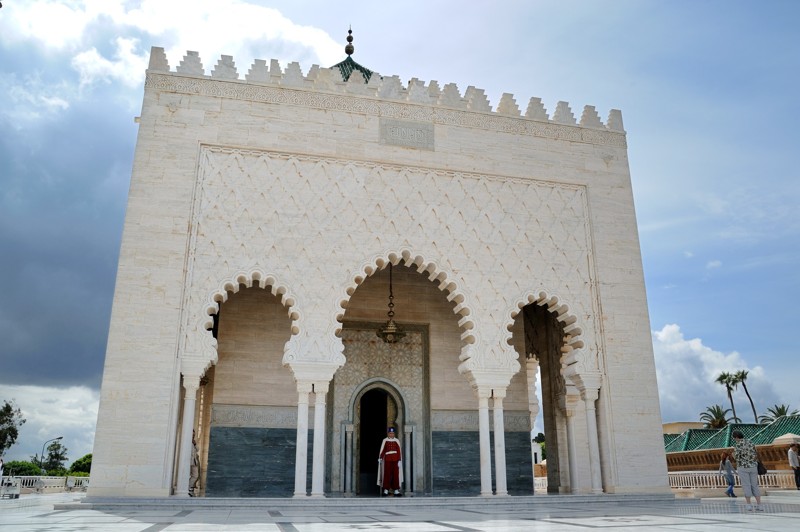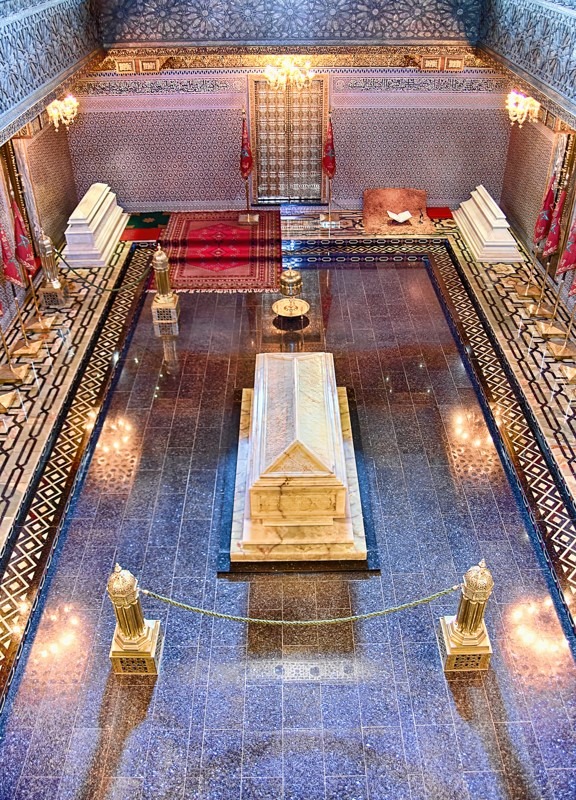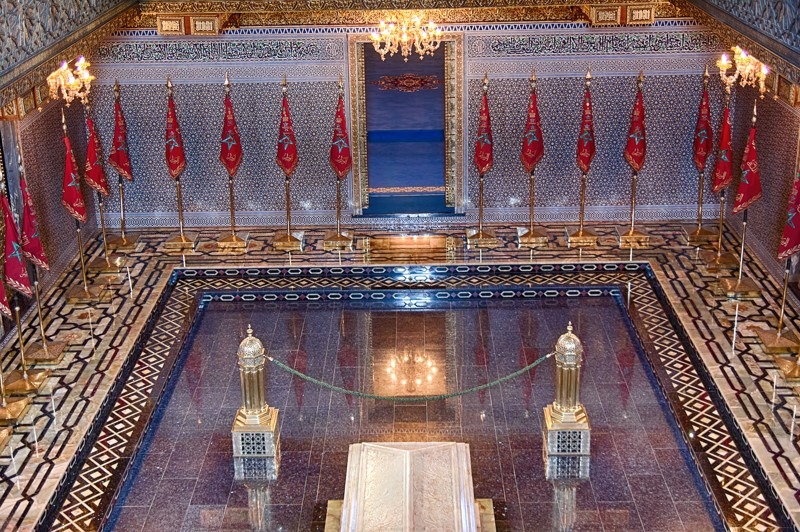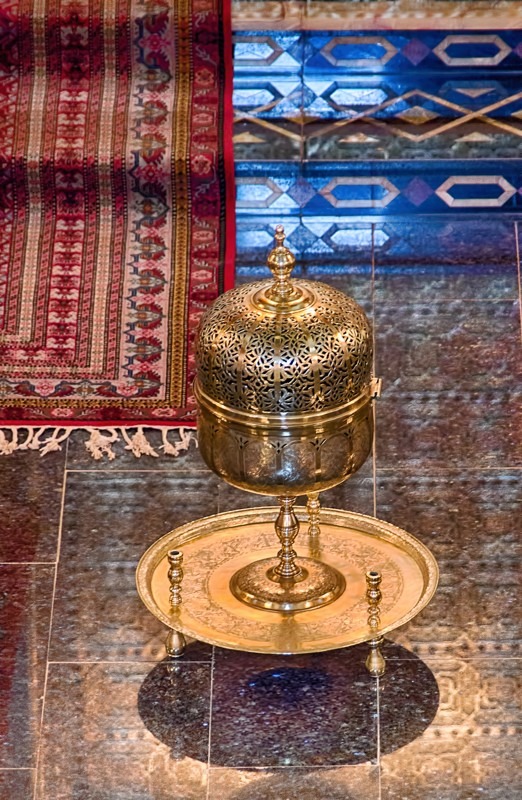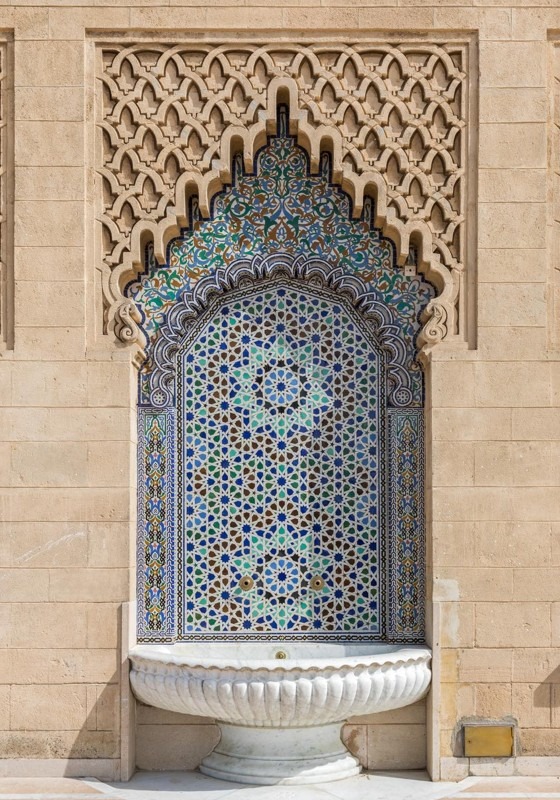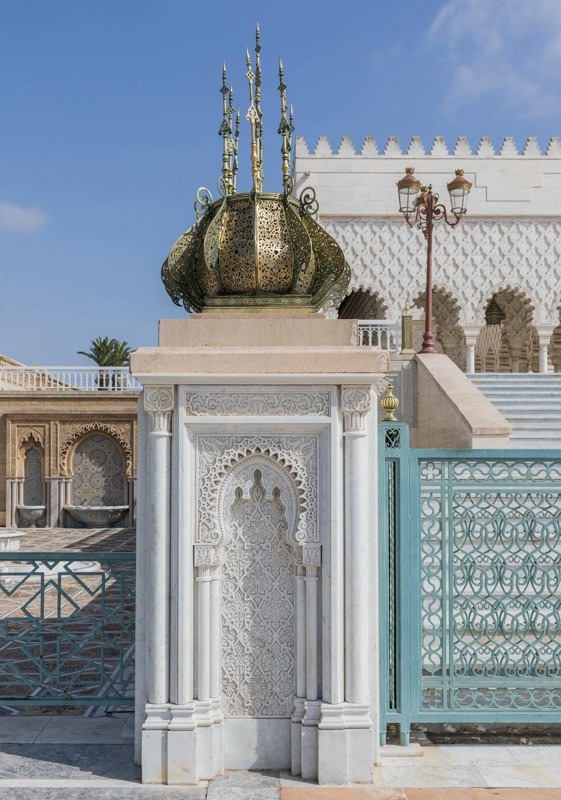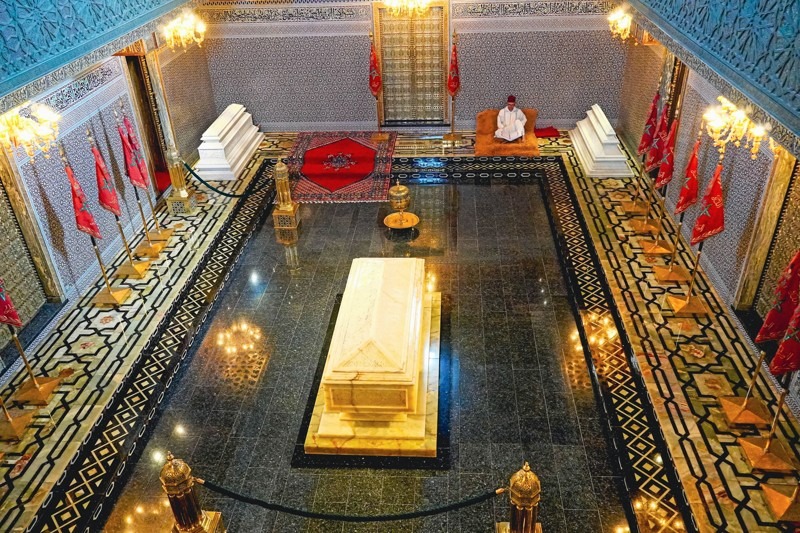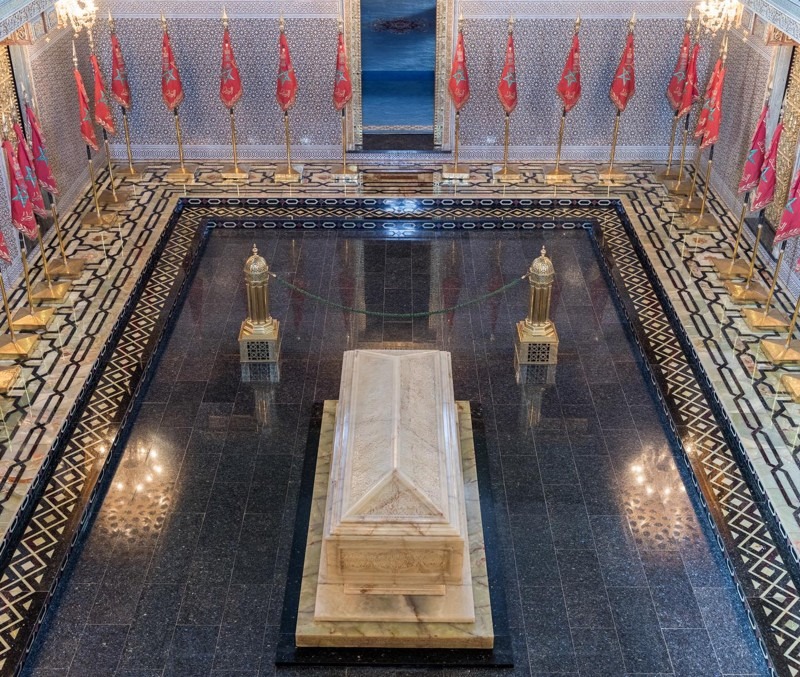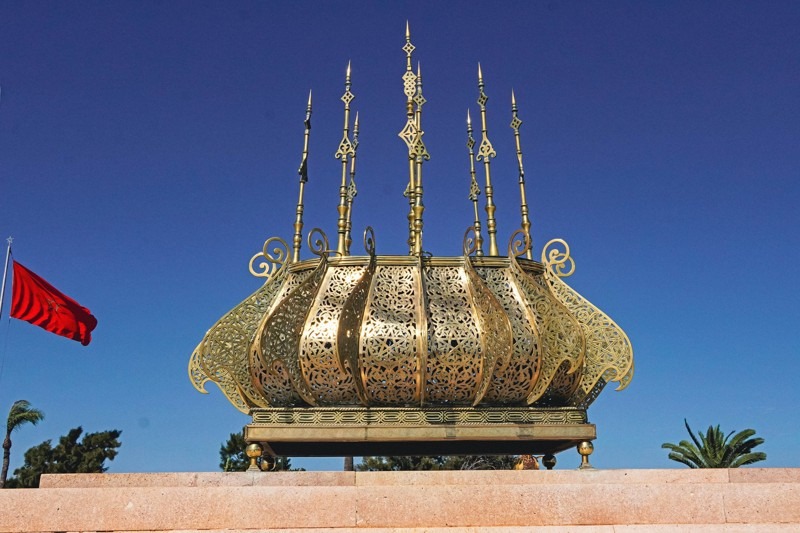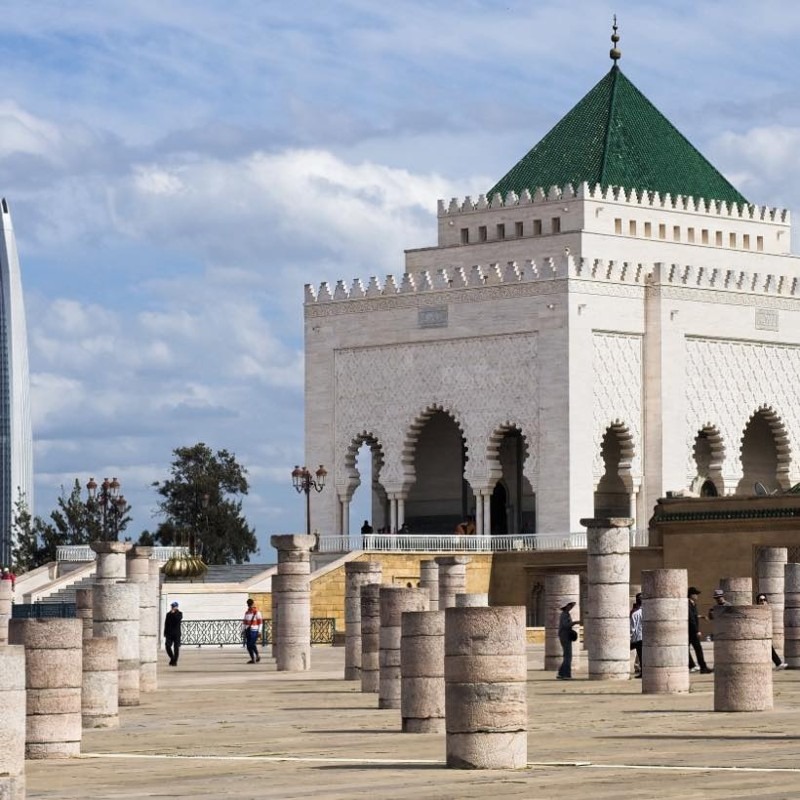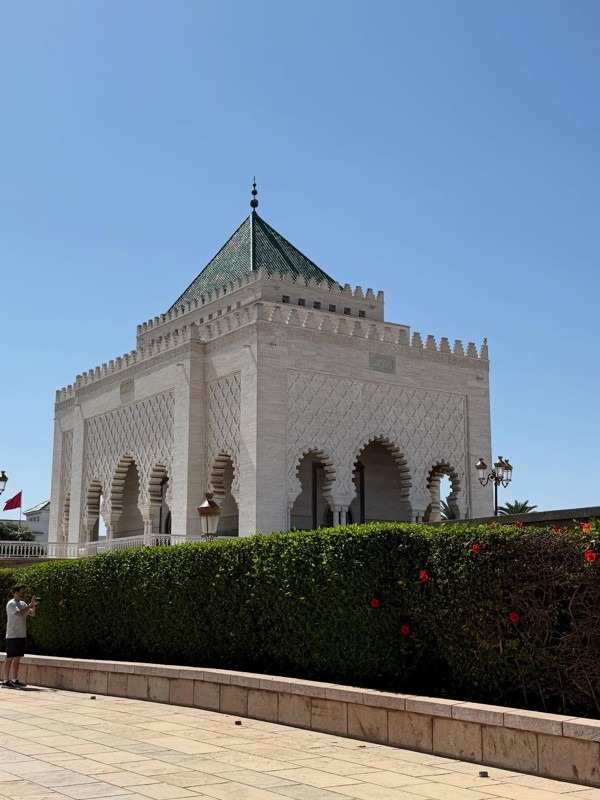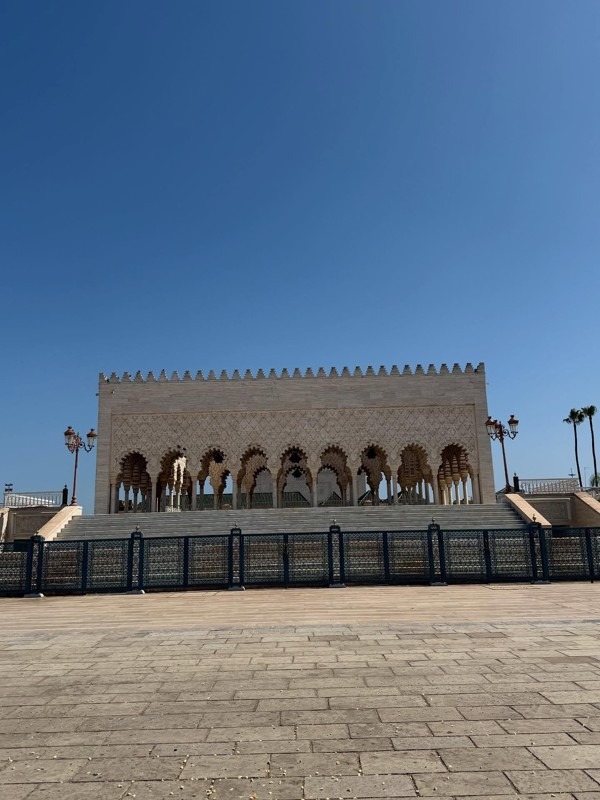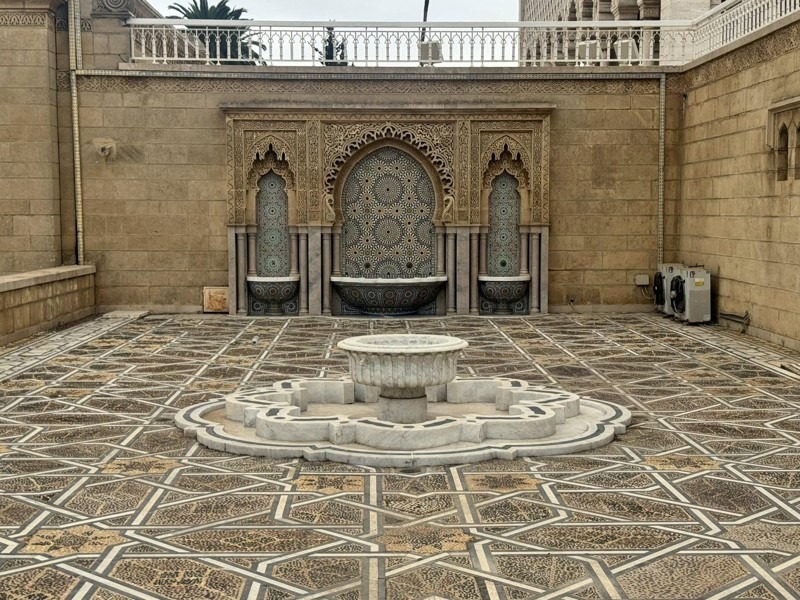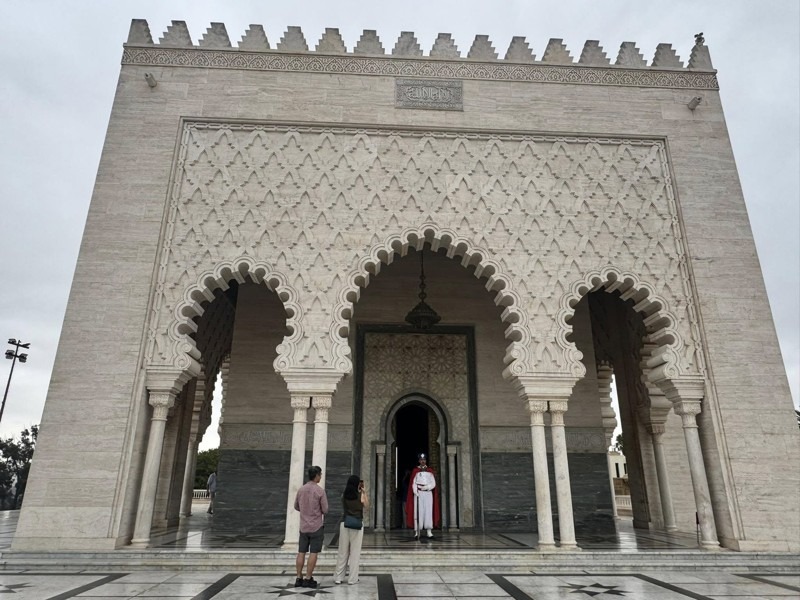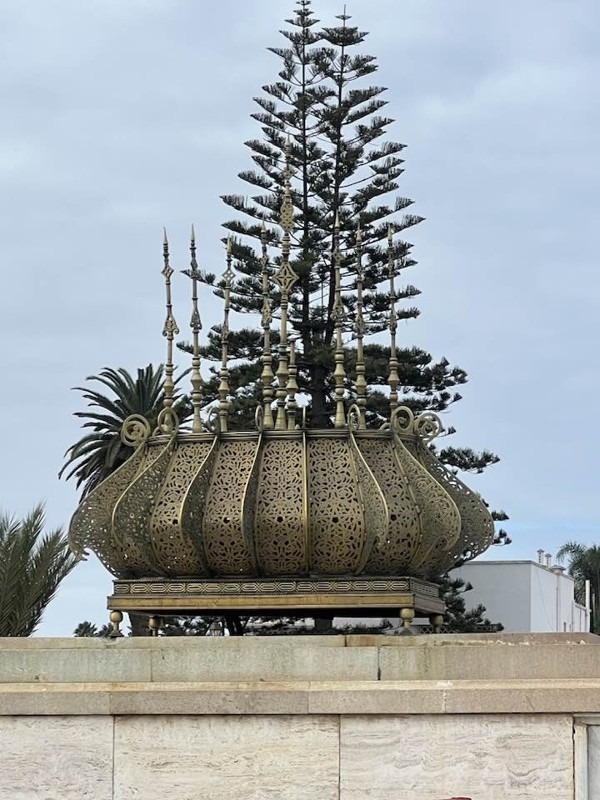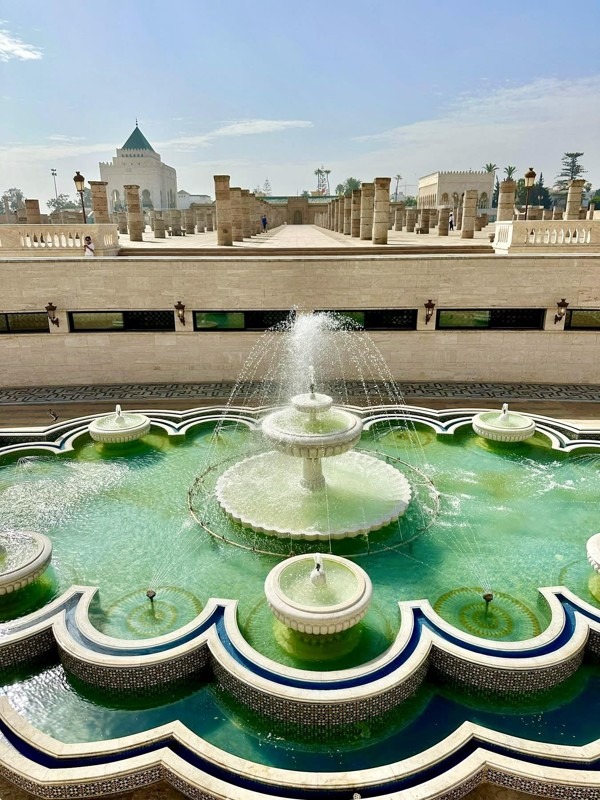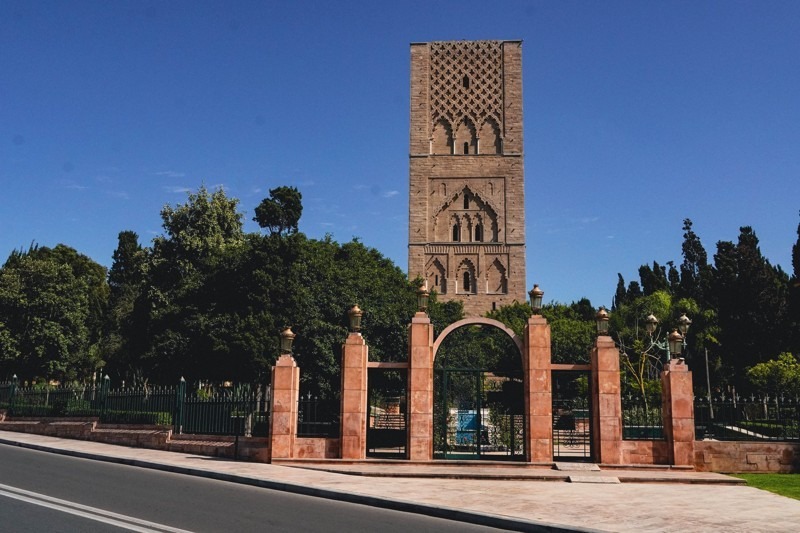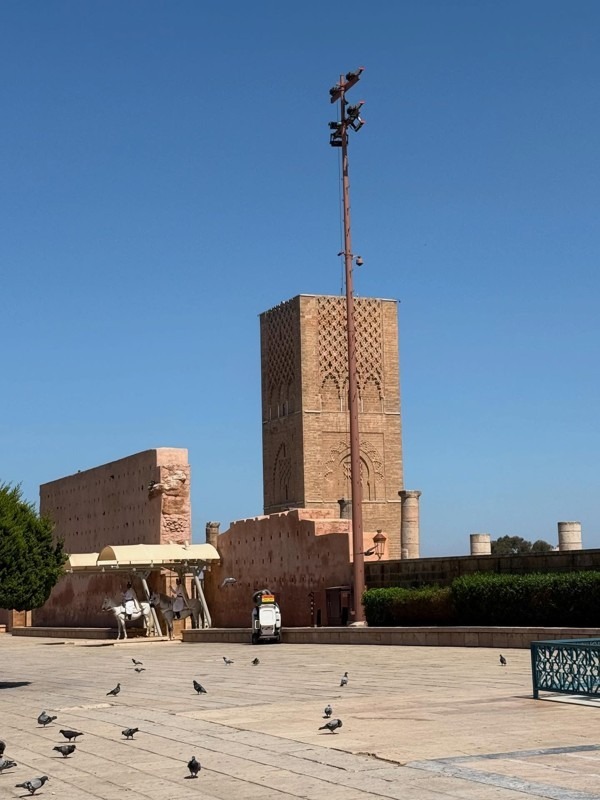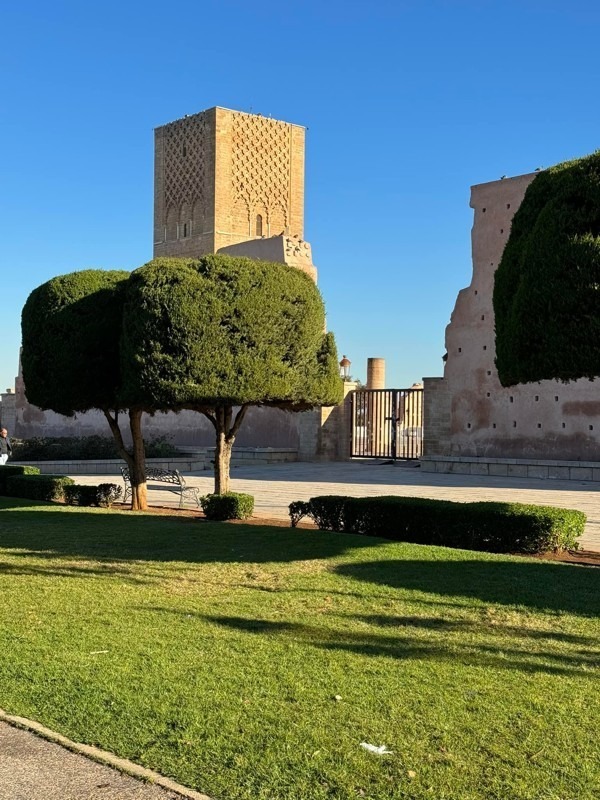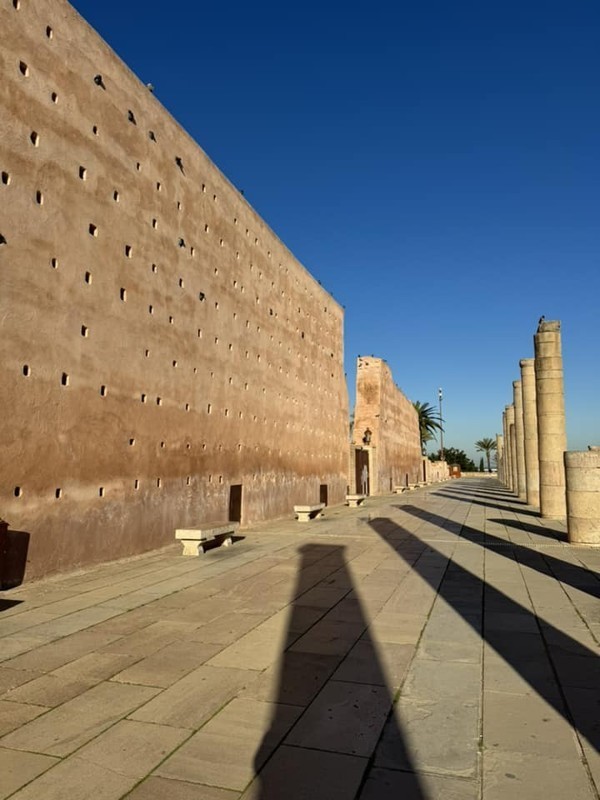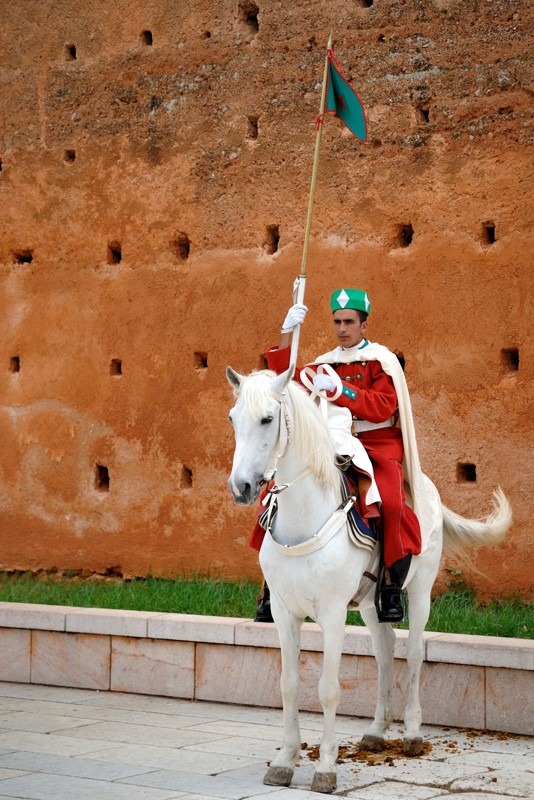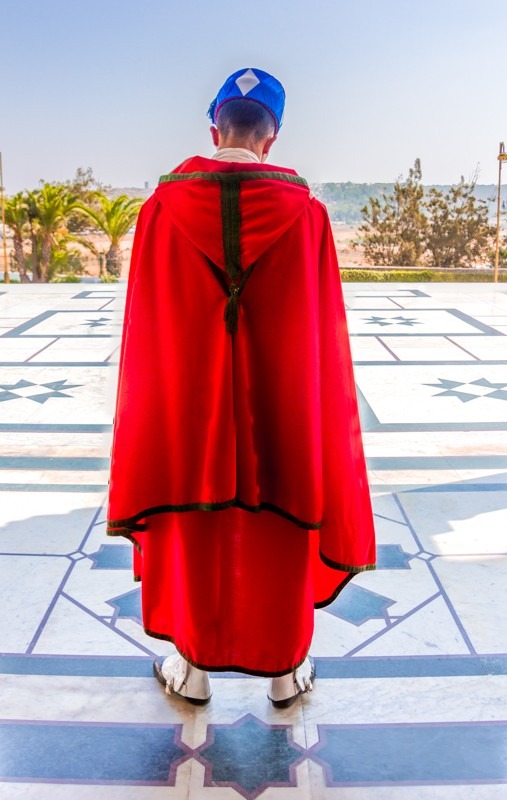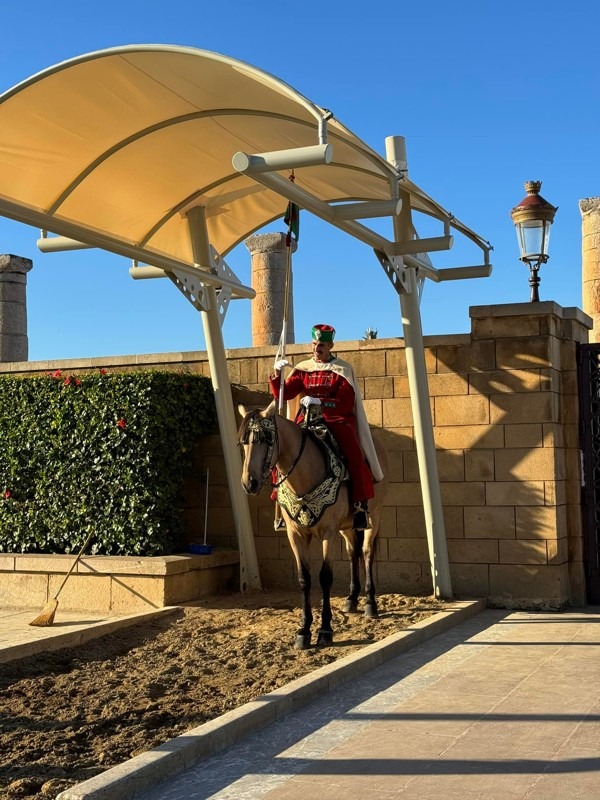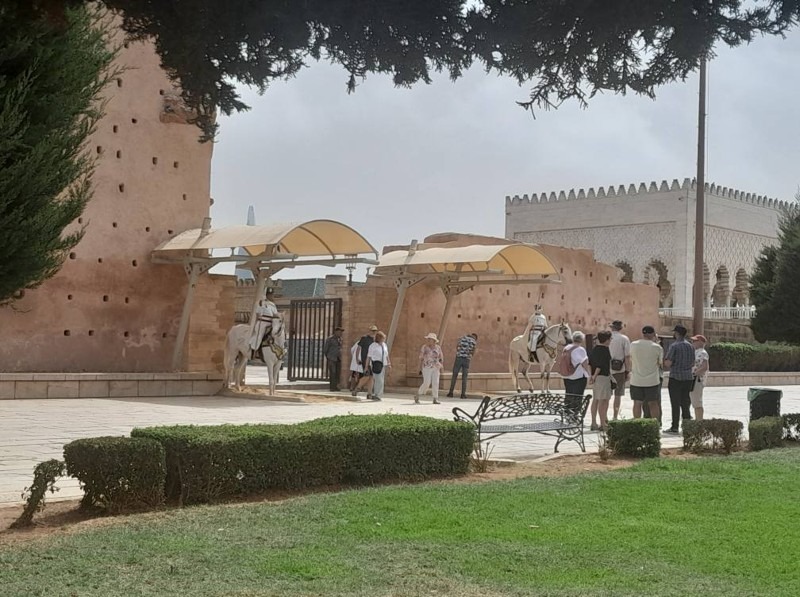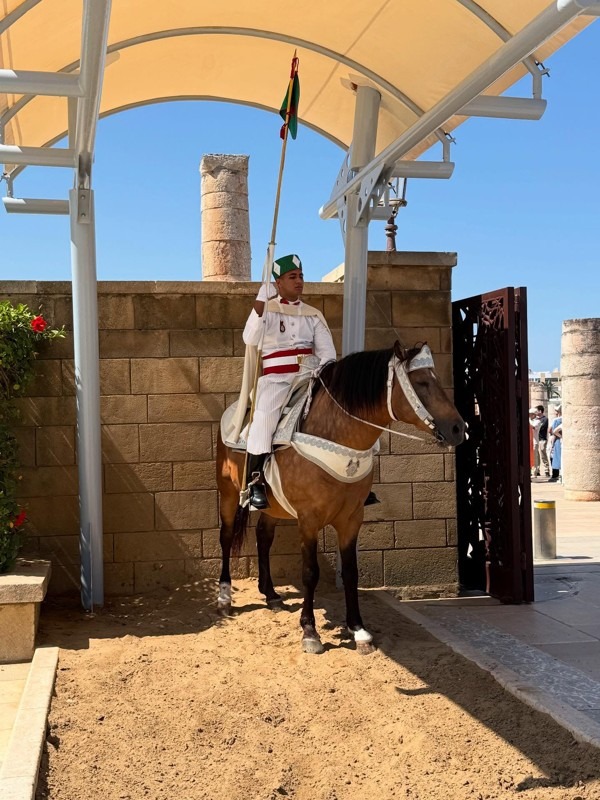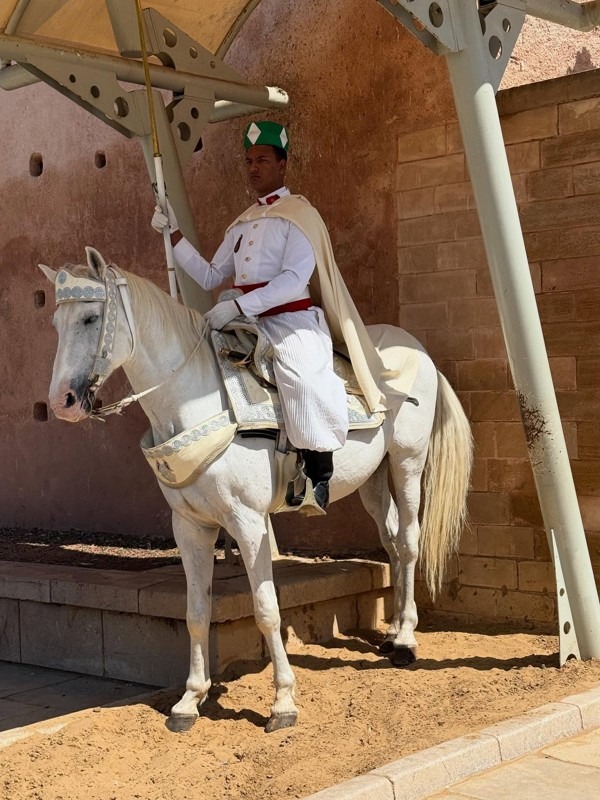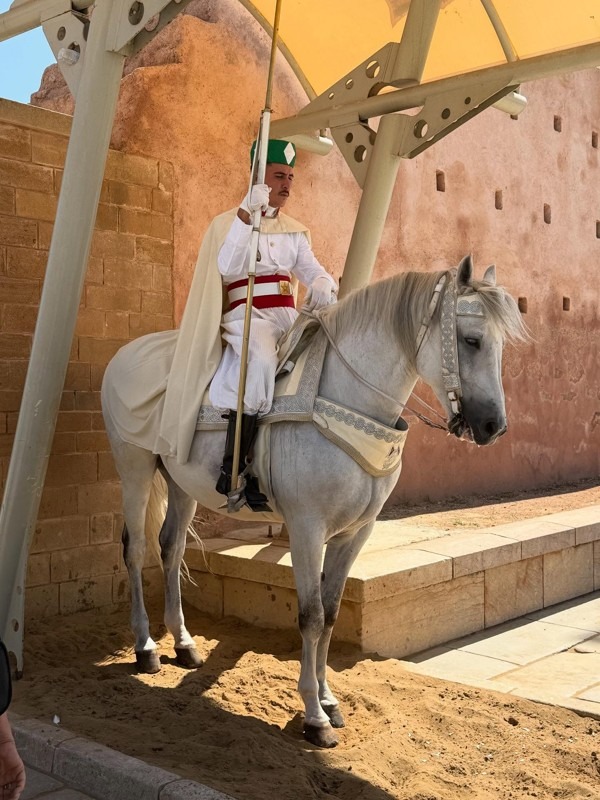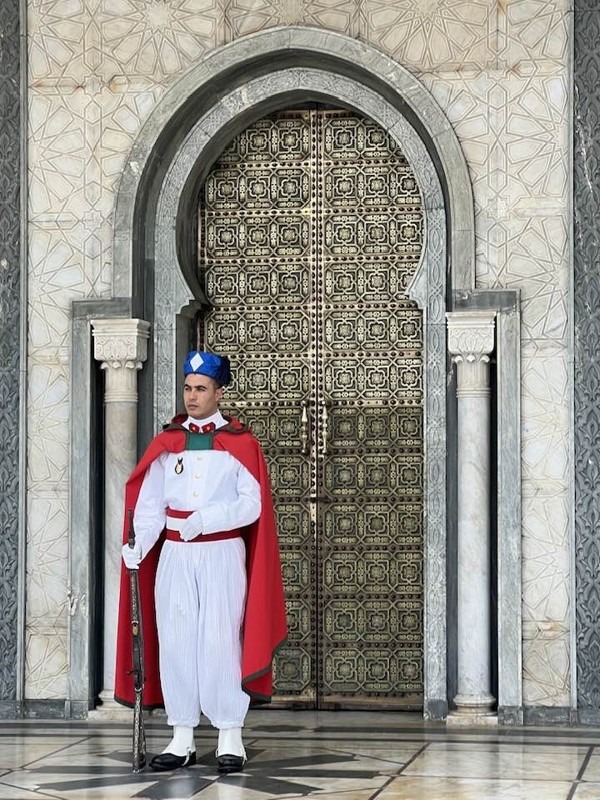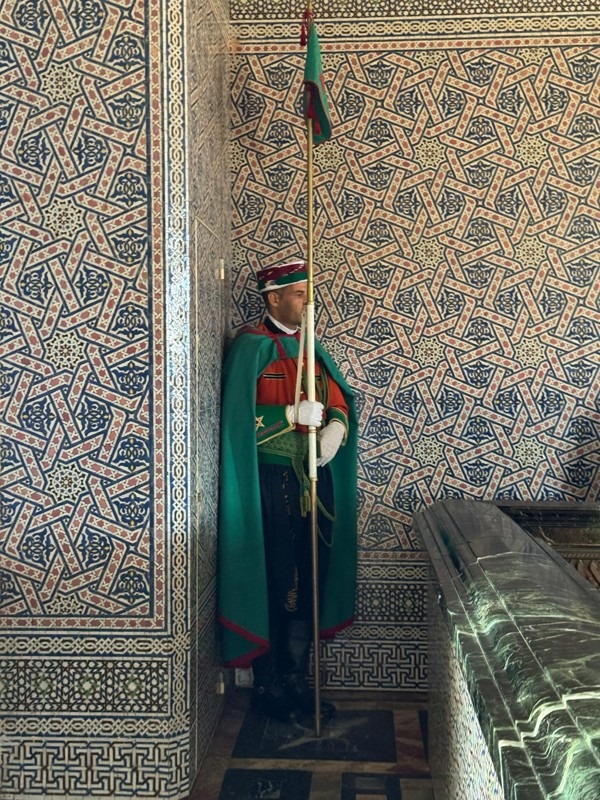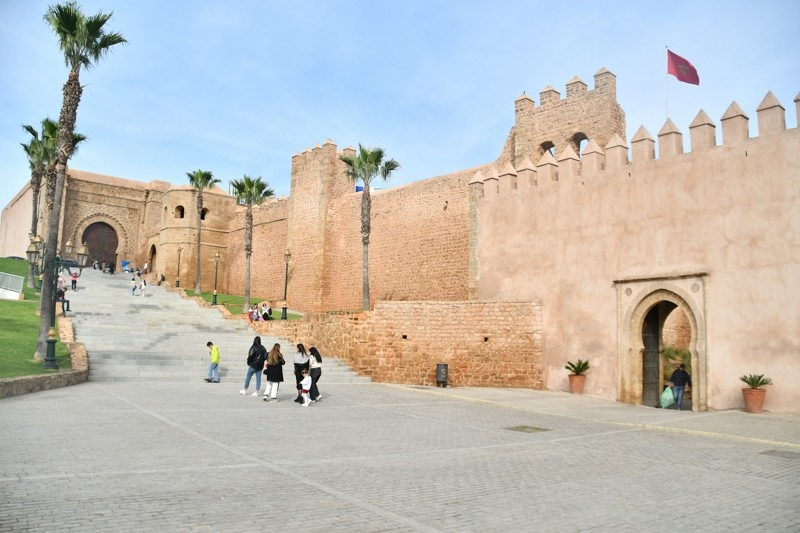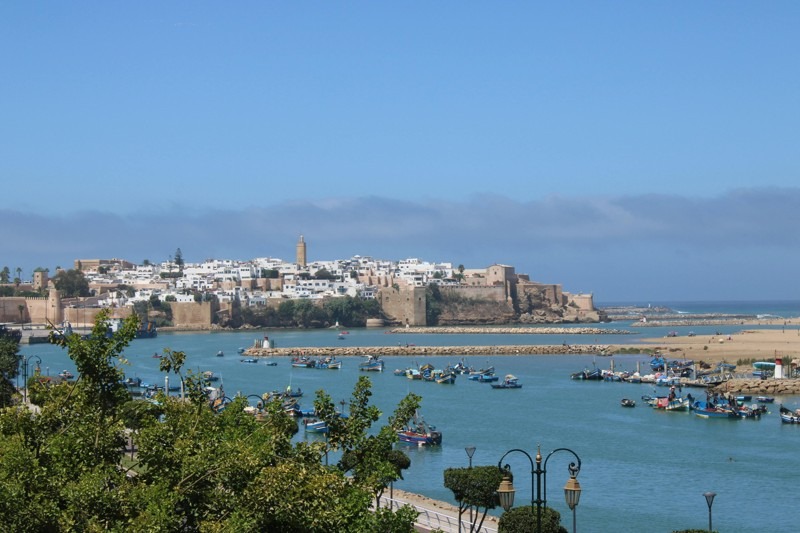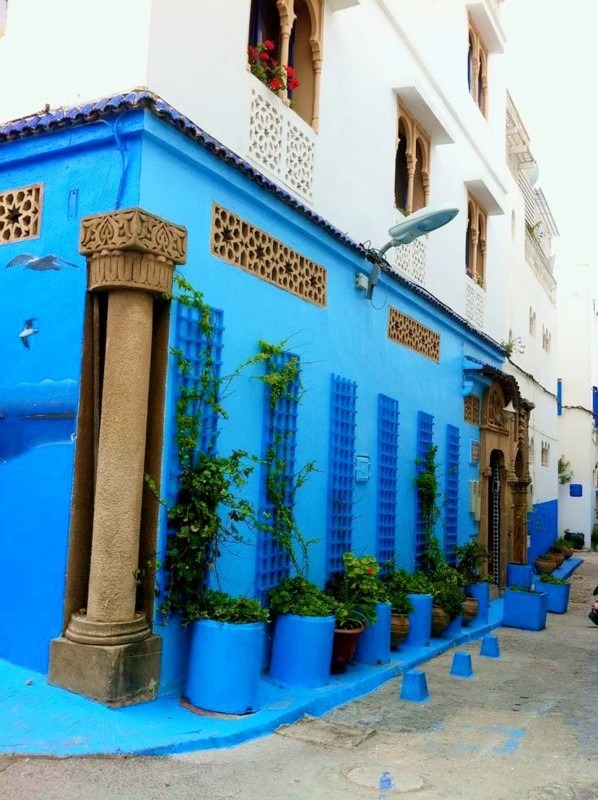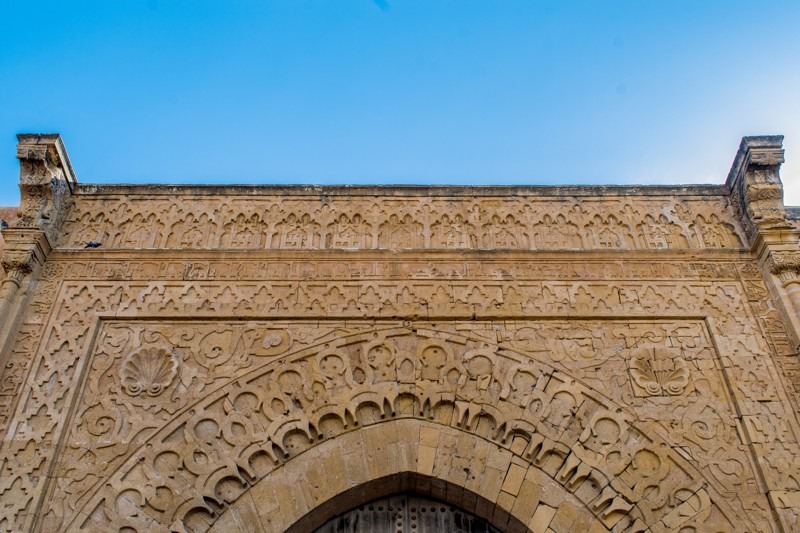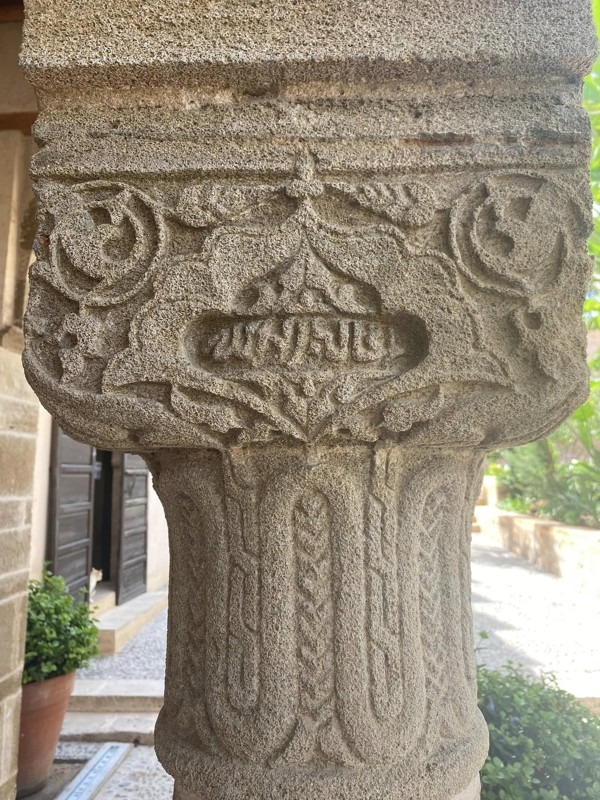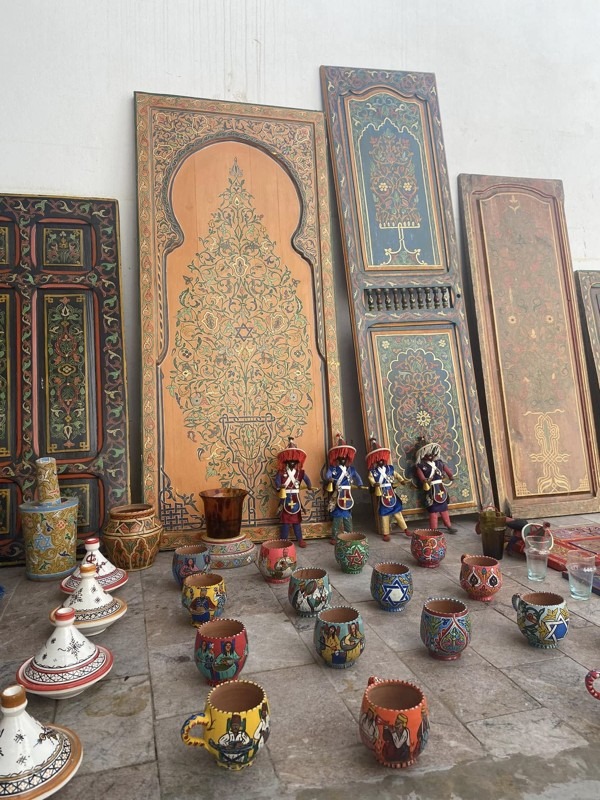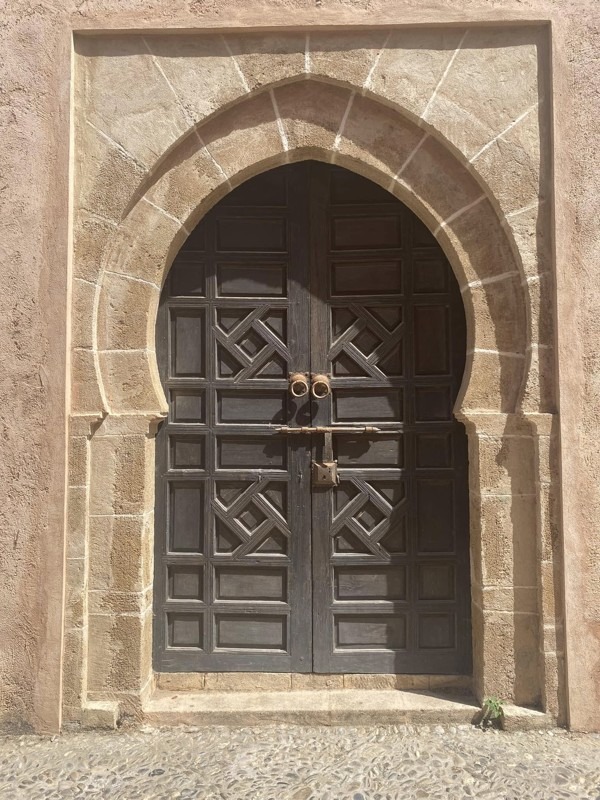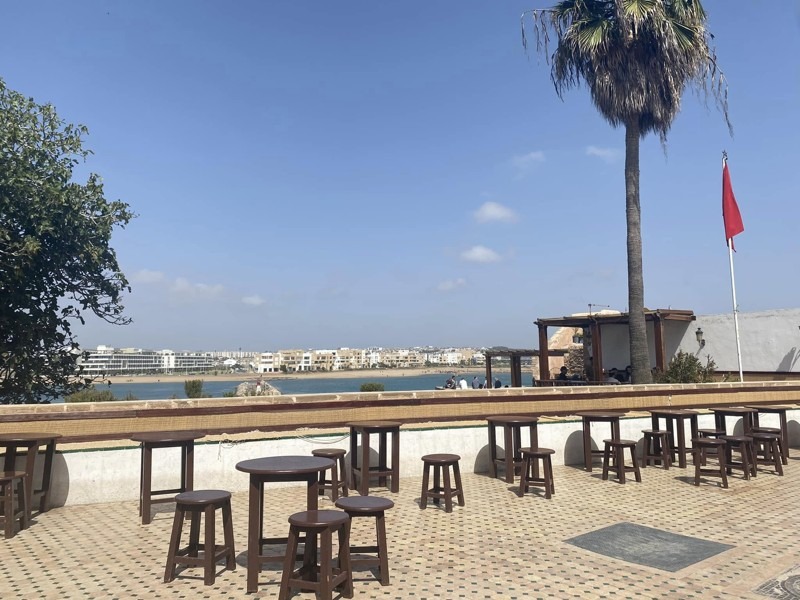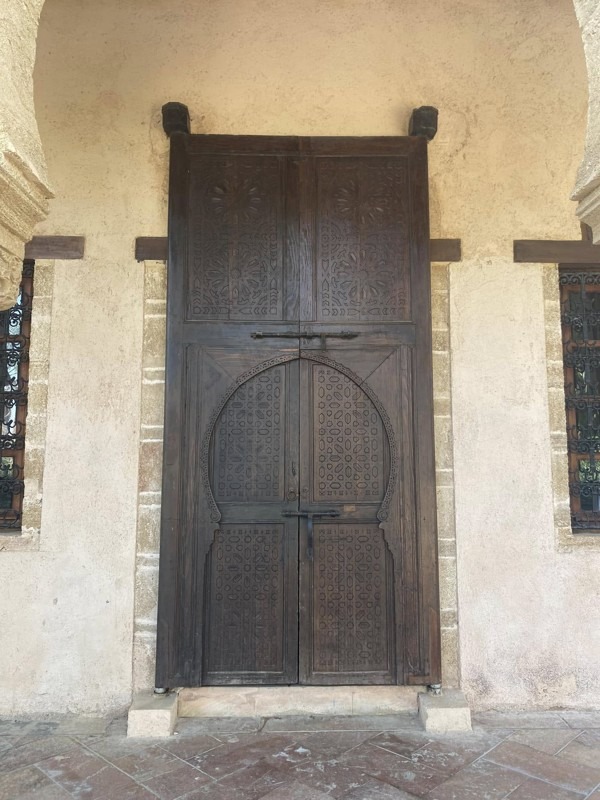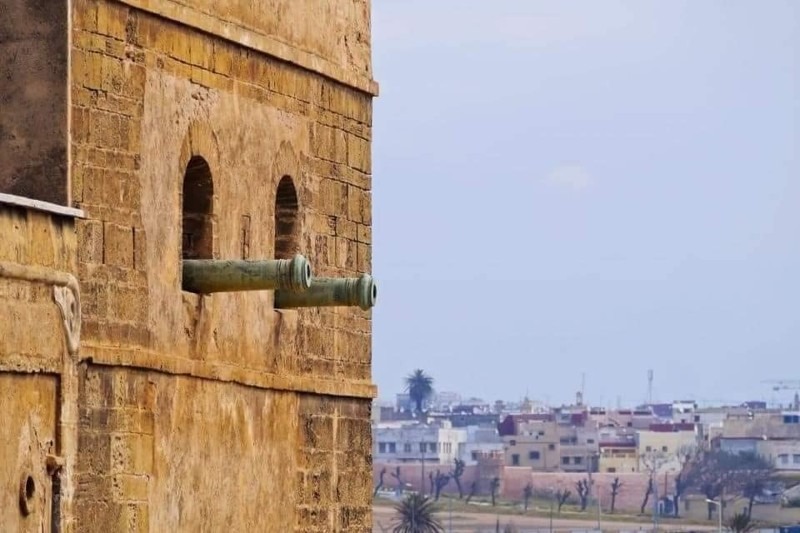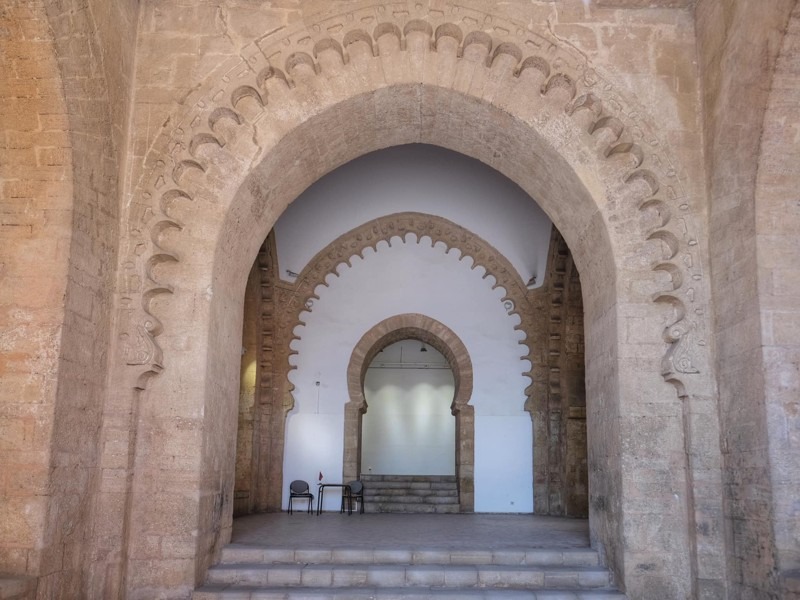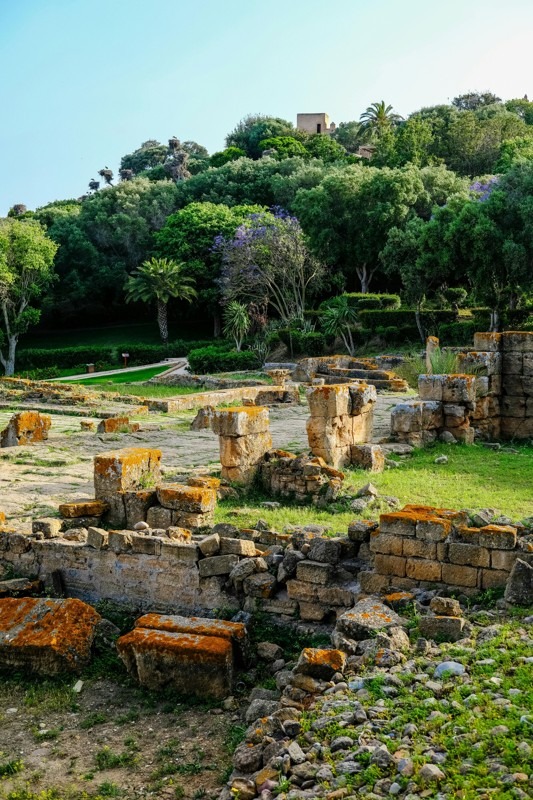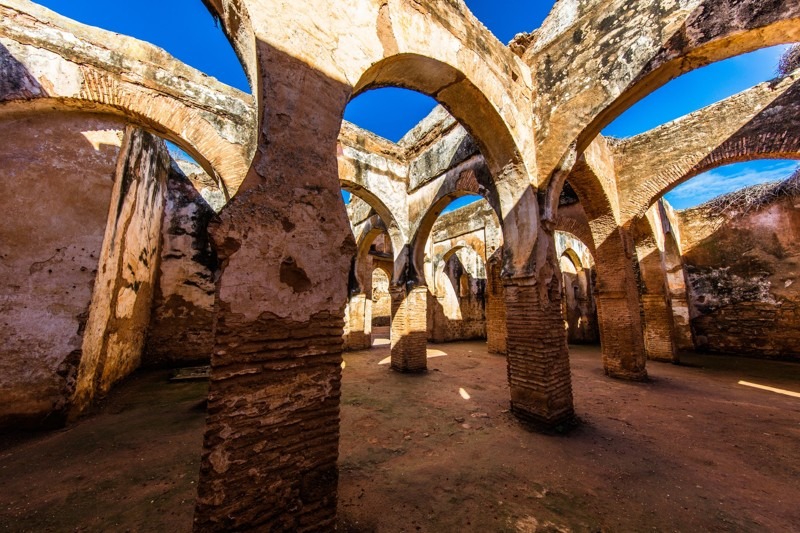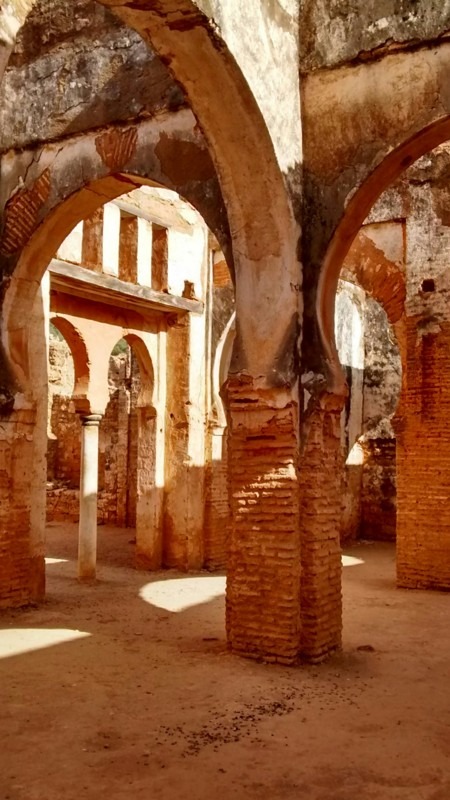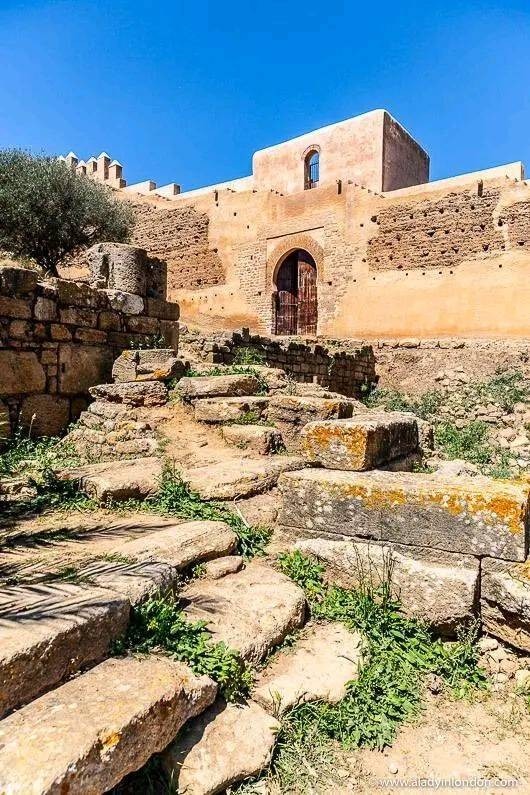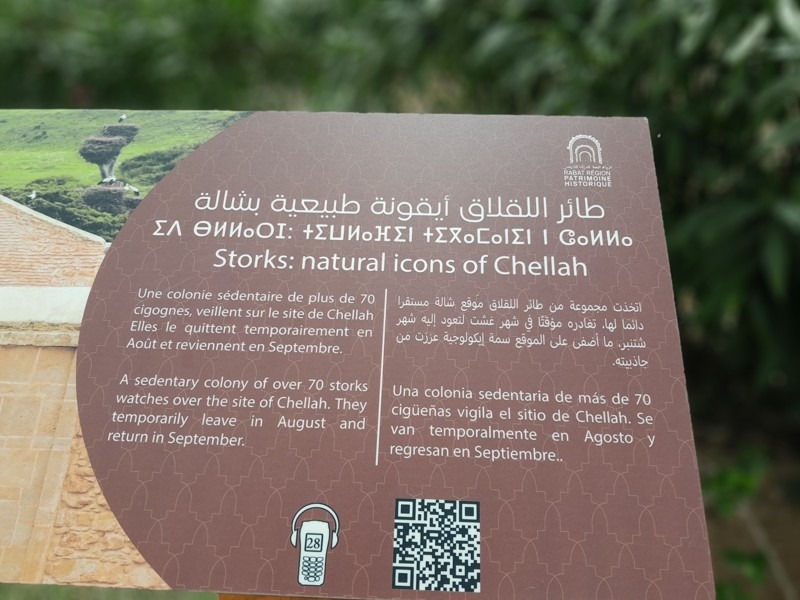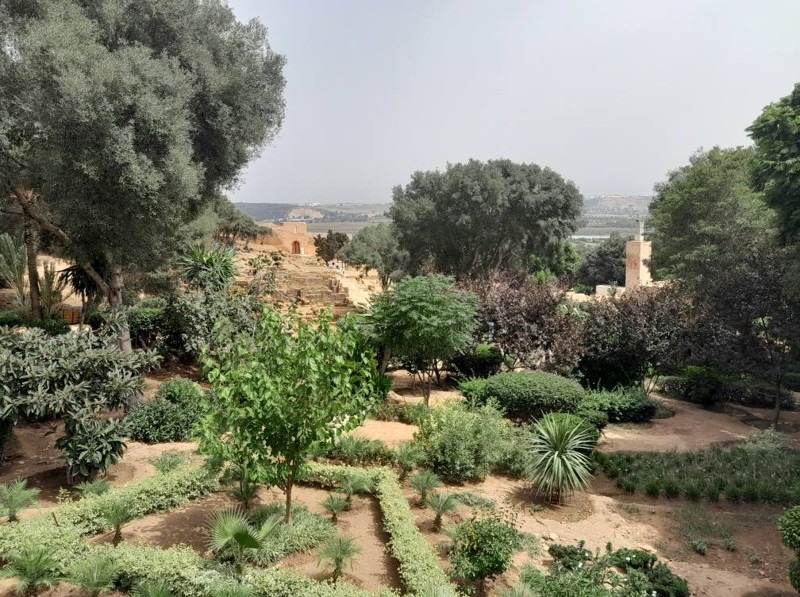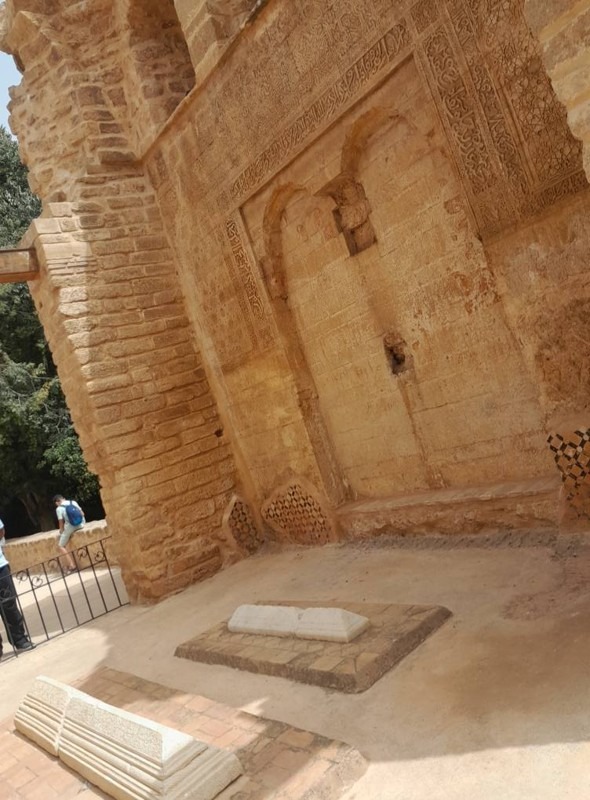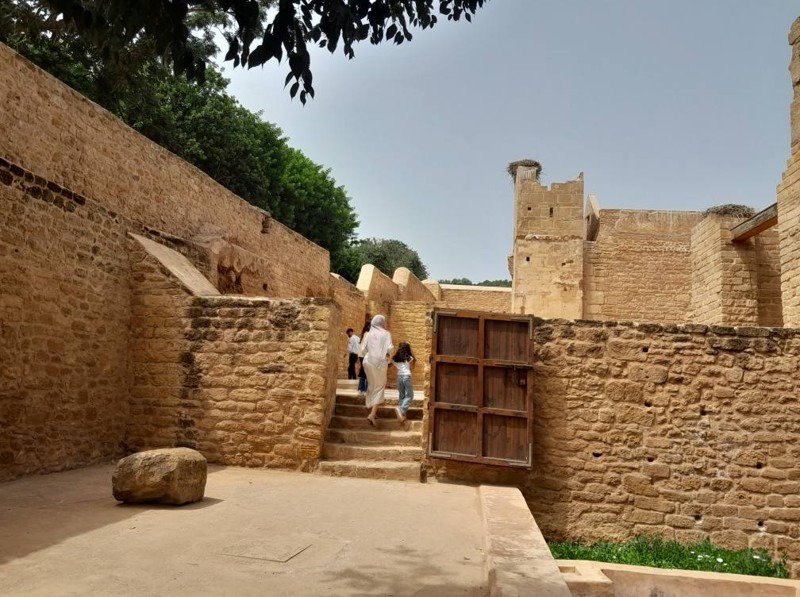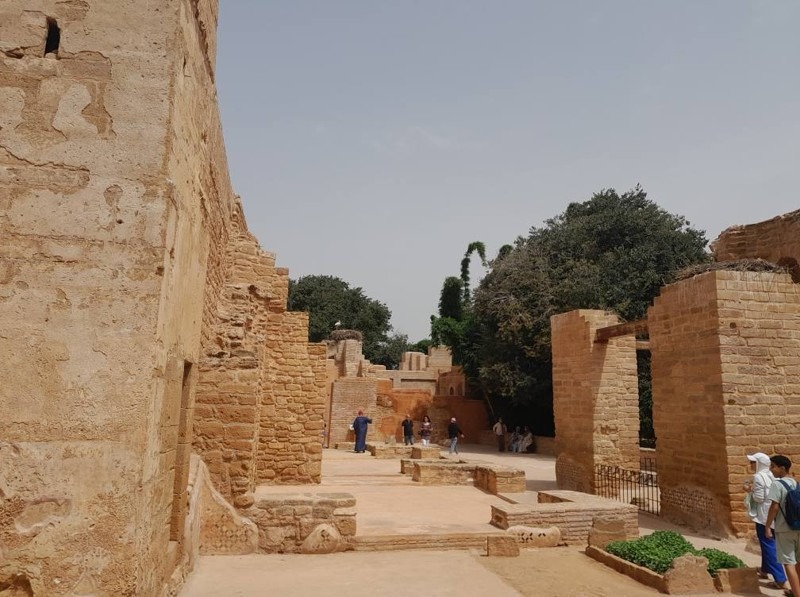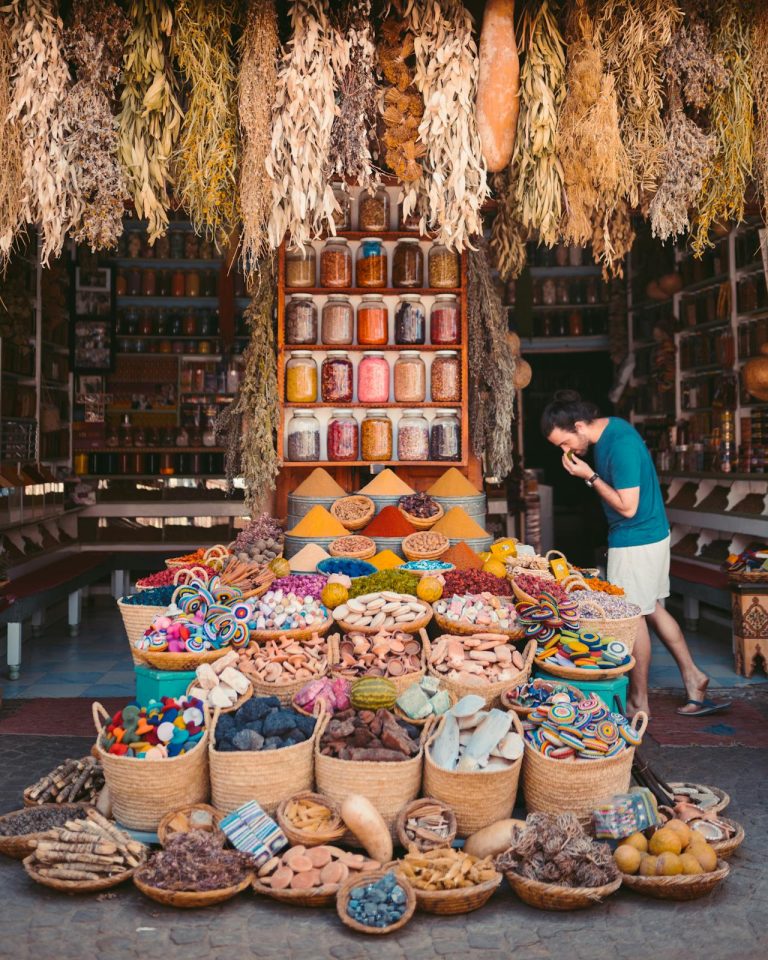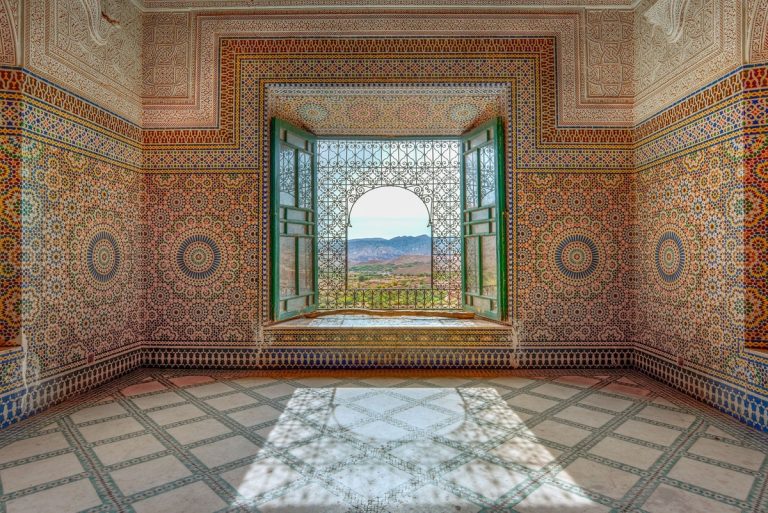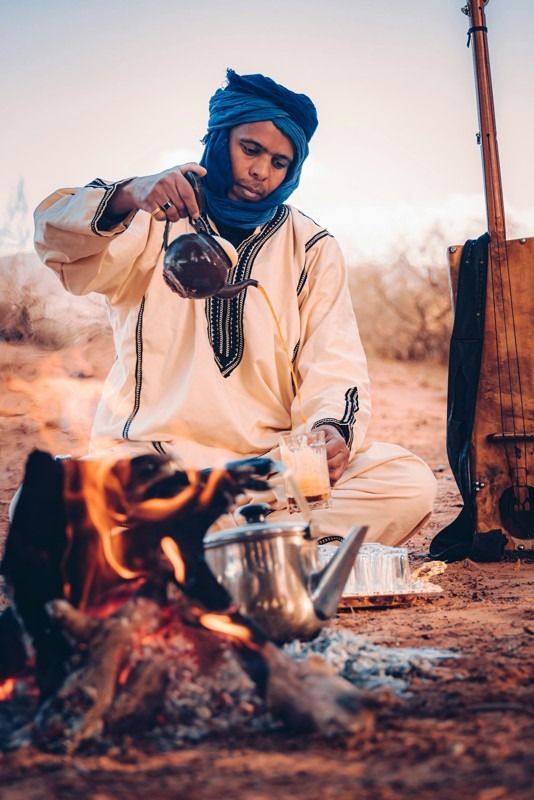Sultan’s Mausoleum: A Majestic Tribute in Rabat
The white marble on the Sultan’s Mausoleum in Rabat shone in the afternoon sun, and the green-tiled roof paid tribute to Morocco’s proud history. This beautiful building in the middle of Morocco’s capital is more than just a grave. It is a tribute to the country’s soul and to King Mohammed V and his sons, King Hassan II and Prince Moulay Abdullah.
As a Moroccan who has walked the historic streets of Rabat, I can feel the weight of history here. The intricate zellige tiles and carved cedar tell stories of independence and royalty.
This guide combines my own experiences with those of other travelers to give you information about the Sultan’s Mausoleum, the attractions in Rabat, and how to make the most of your visit with suggestions for Rabat restaurants, Rabat hotels, Moroccan crafts, Hassan Tower, and the Royal Guards.
This is your guide to this famous site, whether you’re a history buff or just curious.
Why Visit the Sultan’s Mausoleum?
The Sultan’s Mausoleum, which is in Rabat’s Yacoub al-Mansour Square, is a sign of Morocco’s cultural and historical pride. In 1961, King Hassan II asked Vietnamese architect Eric Vo Toan to design the building in memory of his father, King Mohammed V, who led Morocco to independence from French rule in 1956.
The Sultan’s Mausoleum is a beautiful mix of old and new Moroccan art. The white Italian marble, the green tiles resembling the Moroccan flag, and the beautiful mosaics all look very nice. I was in awe in the middle chamber, where Mohammed V’s white onyx sarcophagus sits under a tall dome and is surrounded by the tombs of his sons.
Adjacent to the Hassan Tower, an unfinished 12th-century minaret, the site bridges Morocco’s ancient Almohad past with its modern Alaoui dynasty.
Tip: Visit in spring or fall (15-25°C) for pleasant weather and fewer crowds during midday prayers.
Rabat Medina: A Historic Stroll
Just a 15-minute walk from the Sultan’s Mausoleum, the Rabat medina is a vibrant maze of whitewashed alleys and blue-trimmed houses, less chaotic than Fes or Marrakech.
I wandered Rue Souika, sipping mint tea ($1) from a vendor and haggling for a handwoven Berber scarf ($5-$10).
The medina’s calm energy and artisan stalls selling leather goods and zellige tiles make it a perfect complement to the mausoleum’s grandeur.
Time to spend: 1.5-2 hours.
Entry: Free (souvenirs $3-$15).
Walking time: 15 minutes from mausoleum.
Tip: Visit Rue des Consuls for authentic crafts.
Rabat Restaurants: SavoringMoroccan Flavors
After visiting the Sultan’s Mausoleum, you can eat at nearby Rabat restaurants that mix Berber culture with modern style.
The lamb tagine with prunes ($15) at Dar Rbatia was my favorite night. It melted in my mouth and was served in a candlelit courtyard. I got a sardine sandwich for $0.70 at Chez Aladin in the medina. The spicy harissa woke me up.
Here are top picks:
Rabat Attractions: Beyond the Mausoleum
The Sultan’s Mausoleum is a gateway to Rabat’s rich tapestry of Rabat attractions, each adding depth to your visit:
Hassan Tower
Next to the Sultan’s Mausoleum, the Hassan Tower is a 12th-century minaret meant for the world’s largest mosque, halted by Sultan Yacoub al-Mansour’s death in 1199 and a later earthquake. I stood among its 348 stone columns, imagining the grand vision, and watched locals picnic at dusk.
Time to spend: 1-1.5 hours.
Entry: Free.
Walking time: 2 minutes from mausoleum.
Tip: Catch the sunset for golden views.
Royal Guards Ceremony
The Royal Guards, in vibrant red and green uniforms, stand sentinel at the Sultan’s Mausoleum, their daily changing ceremony a nod to Morocco’s military tradition. I watched their precise march at noon, a crowd gathering to snap photos.
Time to spend: 30 minutes.
Entry: Free.
Location: Mausoleum entrance.
Tip: Arrive early for a front-row view.
Kasbah of the Oudayas
A 10-minute walk away, this 12th-century fortress overlooks the Atlantic, its blue-and-white alleys and Andalusian Gardens perfect for a serene stroll. I sipped tea at Café Maure ($2), the ocean breeze cooling my skin.
Time to spend: 1.5-2 hours.
Entry: Free (gardens $1).
Walking time: 10 minutes.
Tip: Visit at sunset for photography.
Chellah Necropolis
A 20-minute taxi ride away, this Roman-turned-Marinid site blends ruins with gardens, storks nesting atop columns. I wandered its quiet paths, feeling history’s weight.
Time to spend: 1-1.5 hours.
Entry: $7.
Travel time: $3 taxi.
Tip: Bring a hat for sun protection.
Rabat Accommodations: Where to Stay
Rabat offers a range of Rabat accommodations near the Sultan’s Mausoleum, from riads to hotels. My night at Riad Dar El Kebira, with its tiled courtyard and rooftop breakfast ($50-$100), felt like stepping into a Moroccan fairy tale. For luxury, Sofitel Rabat’s spa and gardens ($150-$250) were a treat. Budget travelers? The Youth Hostel Rabat ($10-$20) offers a social vibe.
Practical Tips for Visiting the Sultan’s Mausoleum
From my visits and traveler insights:
FAQs for Visiting the Sultan’s Mausoleum
Sultan’s Mausoleum: A Window to Morocco’s Soul
The Sultan’s Mausoleum is more than a monument—it’s a celebration of Morocco’s fight for freedom and its artistic legacy. From the intricate Moroccan craftsmanship to the solemn Royal Guards, every detail tells a story. As a Moroccan who’s stood in its marble chamber, feeling the weight of history, I urge you to pair it with Rabat attractions like Hassan Tower and the Rabat medina. Stay in Rabat accommodations, dine at Rabat restaurants, and follow these itineraries to weave this sacred site into an unforgettable journey.

